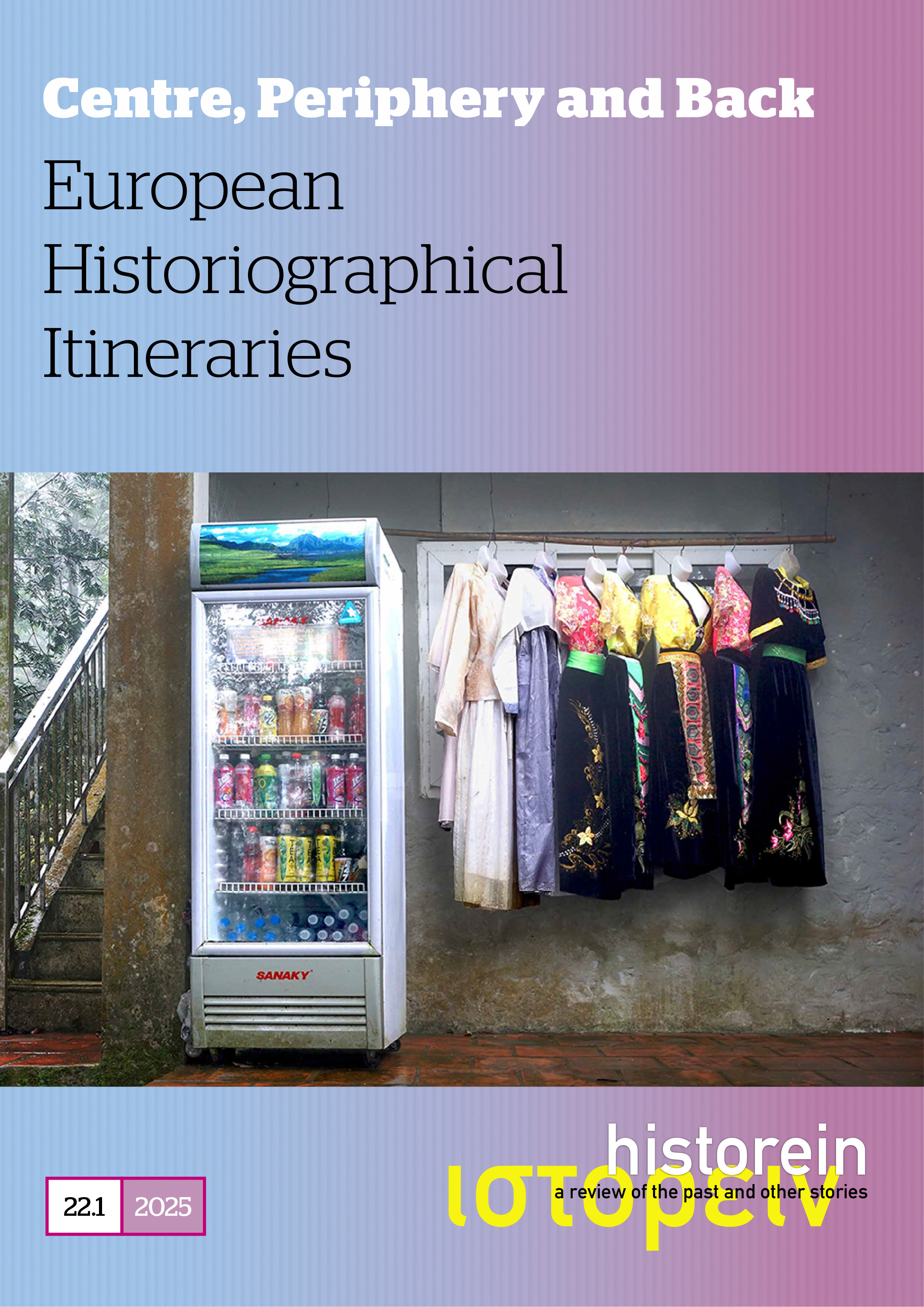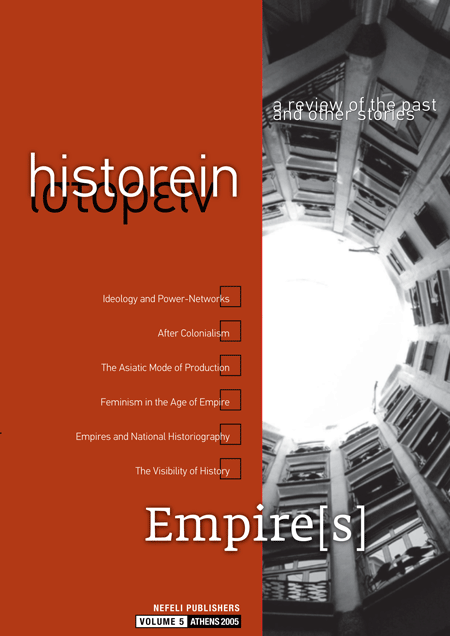From the Periphery to the Centre of European Social History The Case of the Middle and Upper Classes in Nineteenth- and Twentieth-Century Europe

Abstract
Although the bourgeoisie (and, to a lesser extent and in smaller numbers, the nobility) played a leading role in key transformations of modernity such as industrialisation, urbanisation, scientific and technological modernisation, bureaucratisation, the consolidation of parliamentarism and the capitalist system, the formation of nation-states and colonialism, the middle and upper classes remained at the periphery of historiography during the rise and development of social history in the first postwar decades (until the 1980s). This article seeks to explain this delay and examines how and under what conditions the history of European elites, primarily the bourgeoisie and the aristocracy, from the French Revolution to the middle of the twentieth century, has constituted in recent decades an internationally recognised direction of an interdisciplinary and methodologically broad social history. The strong dynamic created for the history of the middle classes and the nobility by the collapse of the actually existing socialist regimes between 1989 and 1991 in central and eastern Europe, with special regard to the common imperial past of several countries within the framework of Austria-Hungary up to 1918, has been maintained, making an important contribution to a comparative view of the European elites in a European and even global context.
Article Details
- How to Cite
-
Raptis, K. (2025). From the Periphery to the Centre of European Social History: The Case of the Middle and Upper Classes in Nineteenth- and Twentieth-Century Europe. Historein, 22(1). https://doi.org/10.12681/historein.30323
- Section
- ARTICLES

This work is licensed under a Creative Commons Attribution-NonCommercial-ShareAlike 4.0 International License.
The copyright for articles in this journal is retained by the author(s), with first publication rights granted to the journal. By virtue of their appearance in this open access journal, articles are free to use (with the exception of the non-granted right to make derivative works) with proper attribution for non-commercial uses (licence Creative Commons 4.0). EKT/NHRF retains the worldwide right to reproduce, display, distribute, and use articles published in Historein in all formats and media, either separately or as part of collective works for the full term of copyright. This includes but is not limited to the right to publish articles in an issue of the Journal, copy and distribute individual reprints of the articles, authorize reproduction of articles in their entirety in another EKT/NHRF publication, and authorize reproduction and distribution of articles or abstracts thereof by means of computerized retrieval systems.


